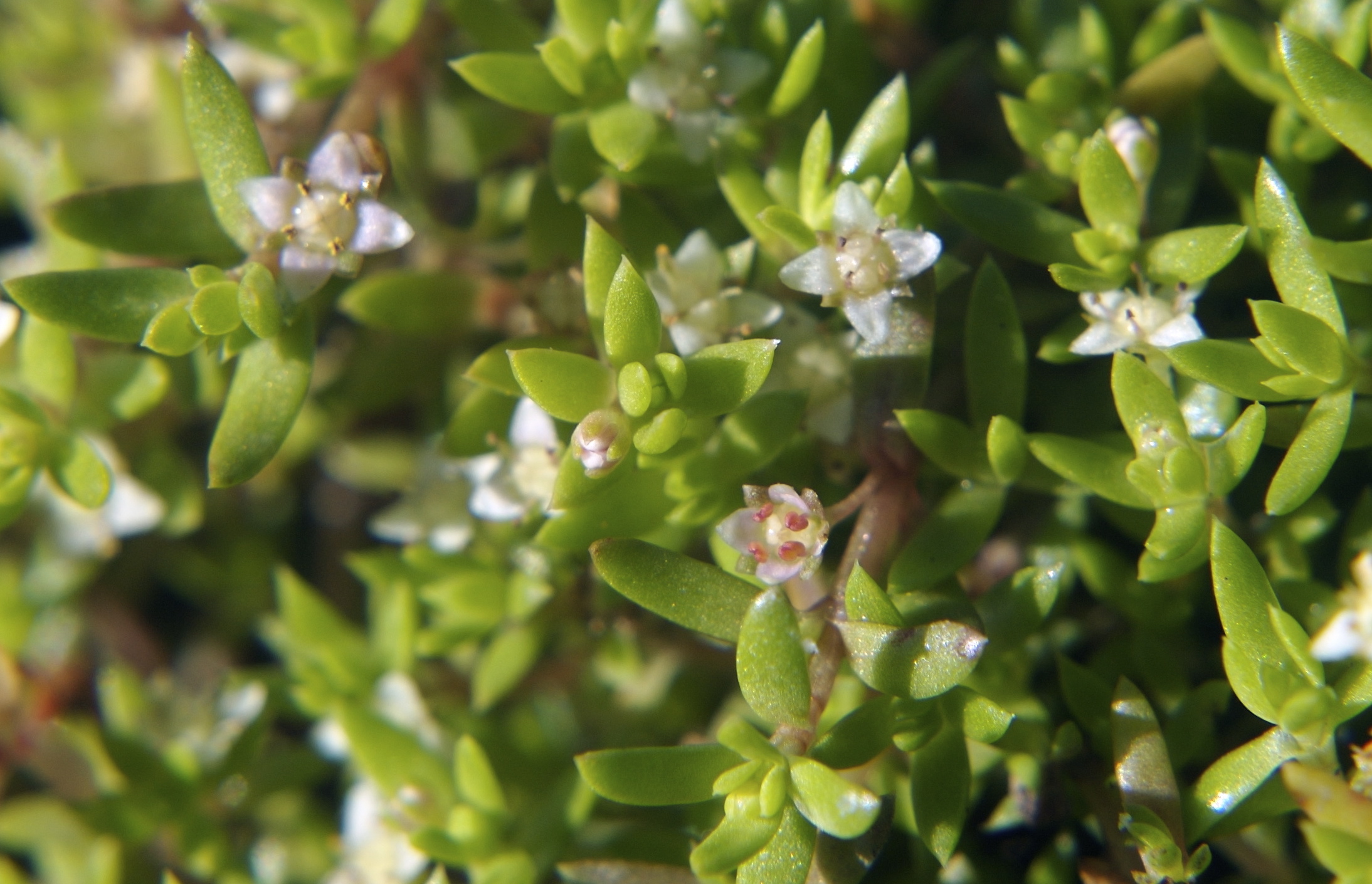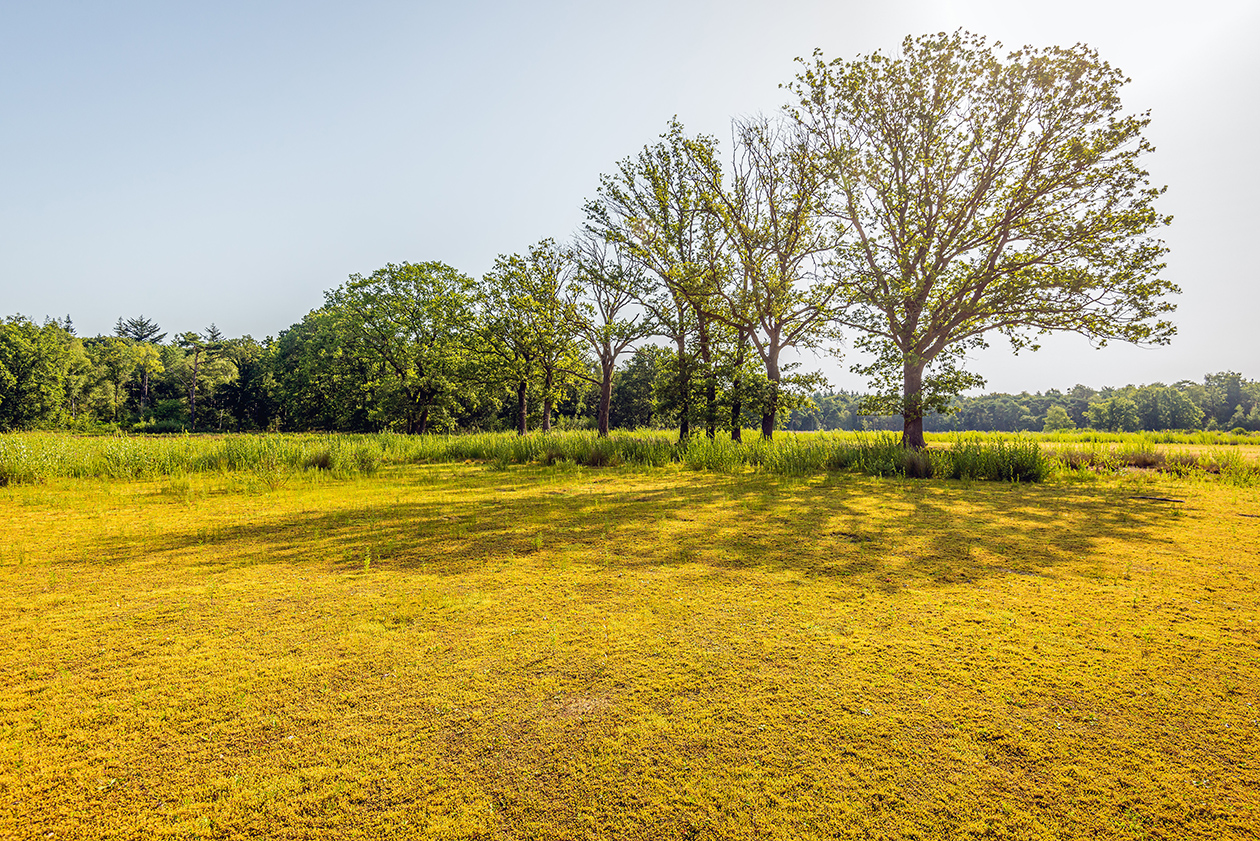IDENTIFICATION
Did you spot something that you think might be an invasive plant? Use our FREE identification service to quickly find out.




Carssula can be treated with a suitable aquatic herbicide – often best carries out when the water levels are low and the roots can be reached. The result of a study undertaken by CABI in 2010 showed the mite, Aculus crassulae gave some success on controlling Crassula as it affects the plant’s reproductive system, which in turn reduces plant growth. As the plant waste is deemed as special ‘controlled waste’ it will need to be taken to a suitably licensed landfill.
To find out the best way to remove Crassula helmsii and the best time of year to have treatment and removal carried out get in touch.
Crassula regenerates from tiny fragments and therefore easily spreads to new areas, it grows on muddy margins of ponds and can completely cover the water surface with tangles of stems and shoots. It can also spread onto nearby land.
SCIENTIFIC NAME: Crassula helmsii
ORIGIN: Australasia
Crassula helmsii (often referred to as New Zealand pigmyweed or Australian swamp stonecrop) was introduced from Australia in the early 1900s as a garden pond plant but is now spreading across waterbodies in the UK. A small succulent flowering perennial that grows rapidly to form an extensive lush-green carpet that can either float on freshwater or be fully submerged. It is recognisable when growing at the water’s edge by its narrow, fleshy leaves.
Grows in lakes or slow moving water.
This plant forms dense mats that smother other vegetation and may cause changes to other species inhabiting the environment by reducing oxygen levels. Crassula can tolerate extreme environmental conditions and, as such, management can be challenging.
Crassula helmsii presents no physical danger to either humans or animals.